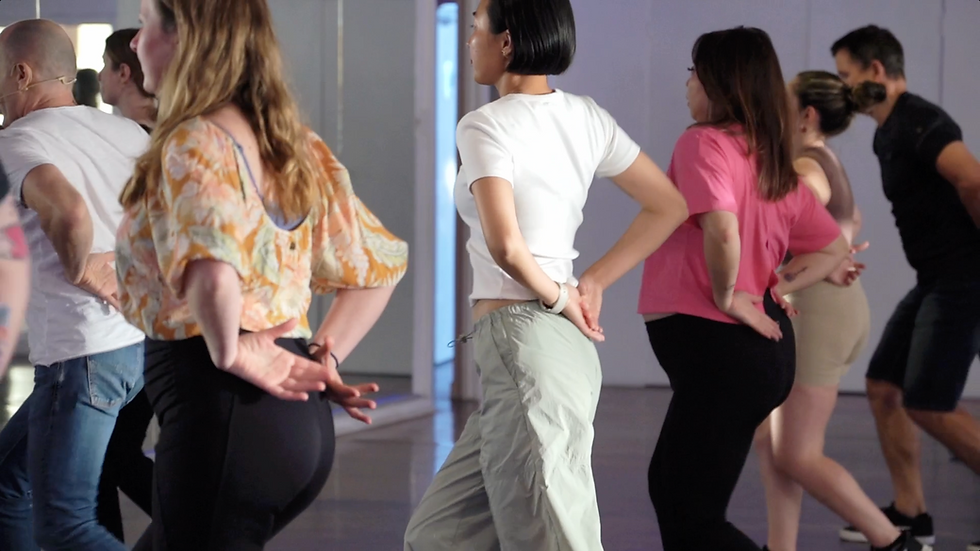The Importance of Counting
- Reuben

- Mar 15, 2024
- 3 min read
Updated: May 28
The Importance of Counting in Salsa & Bachata Salsa and Bachata, two vibrant and rhythmic Latin & Caribbean dance forms, have captivated enthusiasts around the world with their infectious energy and sensuality. Amidst the whirl of spins, intricate footwork, and passionate movements, lies a fundamental element often overlooked by beginners: counting.

Understanding and internalising the rhythm through counting is not just a technical exercise but a gateway to mastering these dances. In this article, we delve into the reasons why counting is indispensable for learning and excelling in Salsa and Bachata.
Rhythm Mastery: At the heart of both Salsa and Bachata lies a 4/4 rhythm. These dances are deeply rooted in music characterised by syncopated beats and complex percussion patterns. Counting provides a structured approach to deciphering these rhythms. By counting the beats, dancers can synchronise their movements precisely with the music, ensuring fluidity and grace in their dancing. Counting is essential for the musician, so therefore since a dancer is an extension to the music, then counting is essential for the dancer.
Coordination & Timing: Counting fosters coordination between various body parts and enhances timing precision. In Salsa and Bachata, dancers often execute intricate footwork while maintaining fluid upper body movements. Counting helps dancers to coordinate their steps with arm movements, spins, and body isolations, resulting in seamless transitions and polished dancing.
Partner Connection: In partner dances like Salsa and Bachata, counting serves as a universal language between partners. By counting aloud or subtly signaling beats through body language, dancers establish a strong connection with their partners. This shared understanding of timing fosters better communication on the dance floor, leading to smoother transitions, dynamic exchanges, and enhanced connection between partners & the music.
Musical Interpretation: Counting empowers dancers to interpret and express themselves in accordance with the music. Each count corresponds to a particular accent or melody in the music, allowing dancers to accentuate movements effectively. Through counting, dancers develop a deeper appreciation for the nuances of the music, infusing their dancing with passion and authenticity.
Progression and Learning: Counting serves as a valuable tool for tracking progress and learning new movements, patterns & choreographies. Dancers can break down complex sequences into manageable segments by counting each step and movement. As dancers become more proficient, they can challenge themselves with faster tempos and intricate patterns, all while maintaining precision through counting.
Confidence Building: Mastering the art of counting instills confidence in dancers, empowering them to tackle challenges with poise and assurance. By internalising the correct rhythms through counting, dancers develop a strong sense of timing and control, enabling them to navigate various dance environments with confidence and flair.
In the dynamic world of Salsa and Bachata, counting is not merely a technical exercise but a cornerstone of dance proficiency. From mastering rhythm and coordination to fostering partner connection and musical interpretation, counting plays a pivotal role in shaping dancers into skilled and confident performers. Embracing the discipline of counting unlocks a world of possibilities, allowing dancers to immerse themselves fully in the joyous and electrifying experience of Latin Caribbean dancing.
So, next time you hit the practice dance floor, remember to count your way to mastery, one beat at a time. Eventually with allot of practice you won't need to count when you are social dancing, this will pass directly to your mind to your feet with perfect timing.





1 Comment